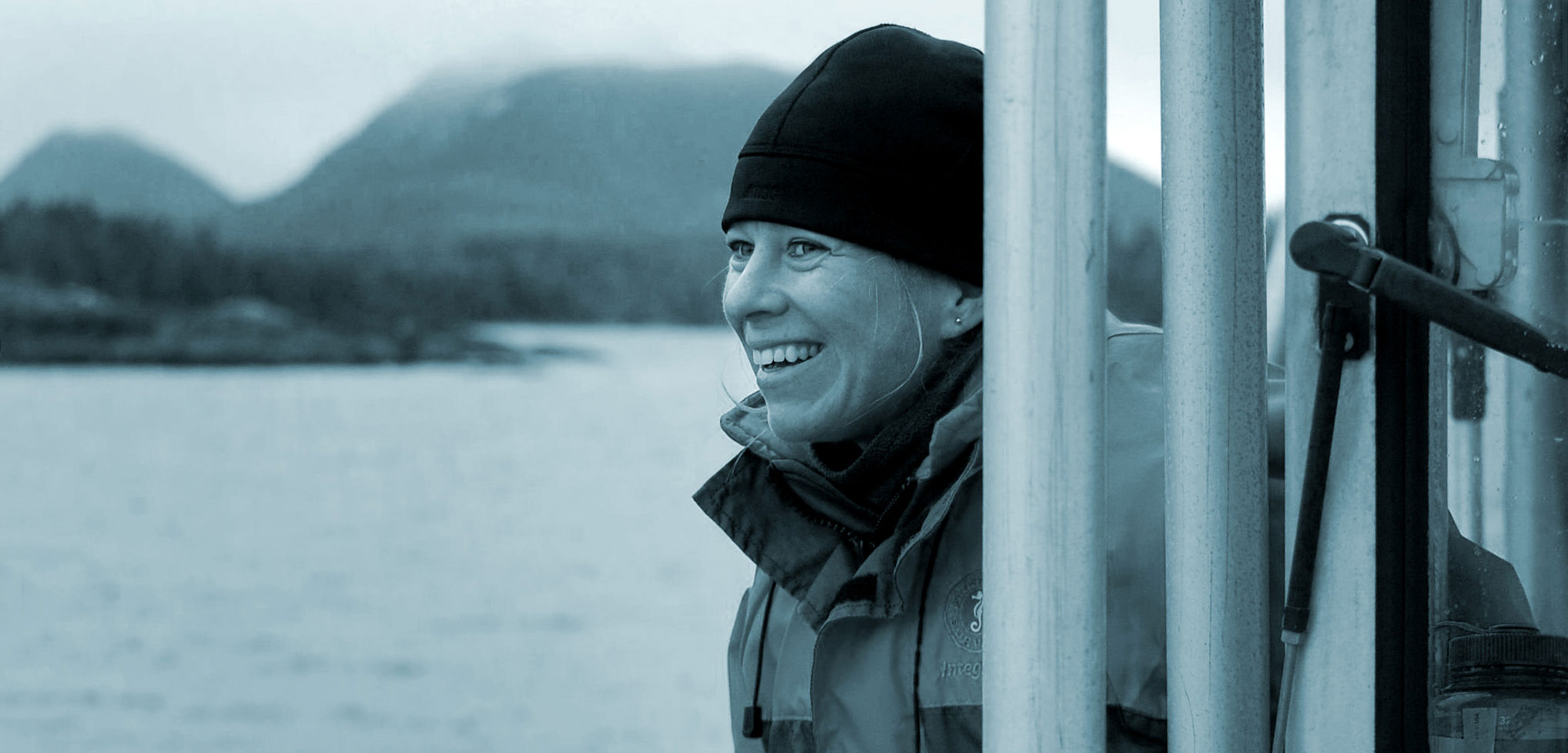Coastal Job: Sea Lion Disentanglement Expert
Wendy Szaniszlo tackles the pervasive problem of sea lion entanglement.
Article body copy
Some people work in cubicles, others work in kitchens, but the most intriguing workplace of all may be the coast. Meet the people who head to the ocean instead of the office in our Coastal Jobs series.
Marine biologist Wendy Szaniszlo studies sea lions on the west coast of Vancouver Island, British Columbia, and has helped rescue more than a dozen from the deadly grip of fishing gear and garbage.
I’ve been doing sea lion surveys for 15 years on the west coast of Vancouver Island and over the years have seen many, many entangled sea lions. I became so frustrated that I worked with the vet at the Vancouver Aquarium to create a program for disentangling sea lions in the wild.
Our very first rescue attempt was in October 2013; we visited two haulouts and found 11 entangled animals—both Steller and California sea lions. That was by far the most entanglements I’ve seen in one day. We selected animals that needed help the most, factoring in their position, as well as their location on the haulout, and whether the animals might go into the water once darted. It takes 12 minutes for the drug to take effect, which feels like 12 hours. If a sedated animal goes into the water, we try to raft up beside it, cut the entanglement material, and then administer a drug to reverse the sedative.
That day, we had to do some pretty intense bushwhacking across the small island where the haulout was located before darting a California sea lion. One of the most profound moments was seeing the vet, Dr. Marty Haulena, snip off the plastic packing band from around its neck and lift it up for the people in the support boat to see. Those thin plastic straps often looped around boxes are the number one item we find sea lions entangled in. It took so much time and money and resources to get a team of eight to that particular site to snip that band. It was this aha moment that if everyone would just snip packing bands, or “lose the loop,” we wouldn’t have as big of a problem. Sea lions are incredibly intelligent and curious. If they see something like a plastic packing band, they’ll nose it or stick their head through—a lot of times they can’t back out. The band digs into their skin and blubber, leading to infection, and can interfere with the animal’s ability to feed or breathe.
We were able to disentangle two animals that day.
I have a total of 924 documented observations of entangled sea lions in the Pacific Rim National Park Reserve area from 2005 to 2015 and 2017. The number of individual entangled animals may be close to 500 or 600. I don’t know if that’s representative of entanglements province-wide, but it always shocks me that for every reported whale entanglement in British Columbia, there are likely 100 to 200 entangled sea lions.
I don’t think entanglement threatens the population but, on an individual level, that’s a lot of unnecessary suffering. I hate to see even one animal suffer. But there are so many sea lions entangled at any one time that it’s impossible to rescue them all.
I’ve been involved with 13 rescue trips during which we disentangled 14 sea lions. The incident that haunts me the most was an attempt to rescue a pup that had a big rubber band around its neck from a crab trap. After we darted it, it went in the water and drowned. We tried resuscitating it for over an hour. That’s the first time I did CPR on a sea lion. Its death was incredibly hard on the rescue team. On the flip side, it didn’t suffer. There is no way those rubber bands come off an animal unless cut, which means a long, horrible, painful death.
Sea lion disentanglements are incredibly risky and should only be done by trained experts with specialized equipment and approval by Fisheries and Oceans Canada (DFO). (An adult male Steller sea lion can weigh 1,000 kilograms, so you’re essentially looking at a massive grizzly bear with flippers.) If anyone sees an entangled animal in British Columbia, report it to the Vancouver Aquarium or DFO.

